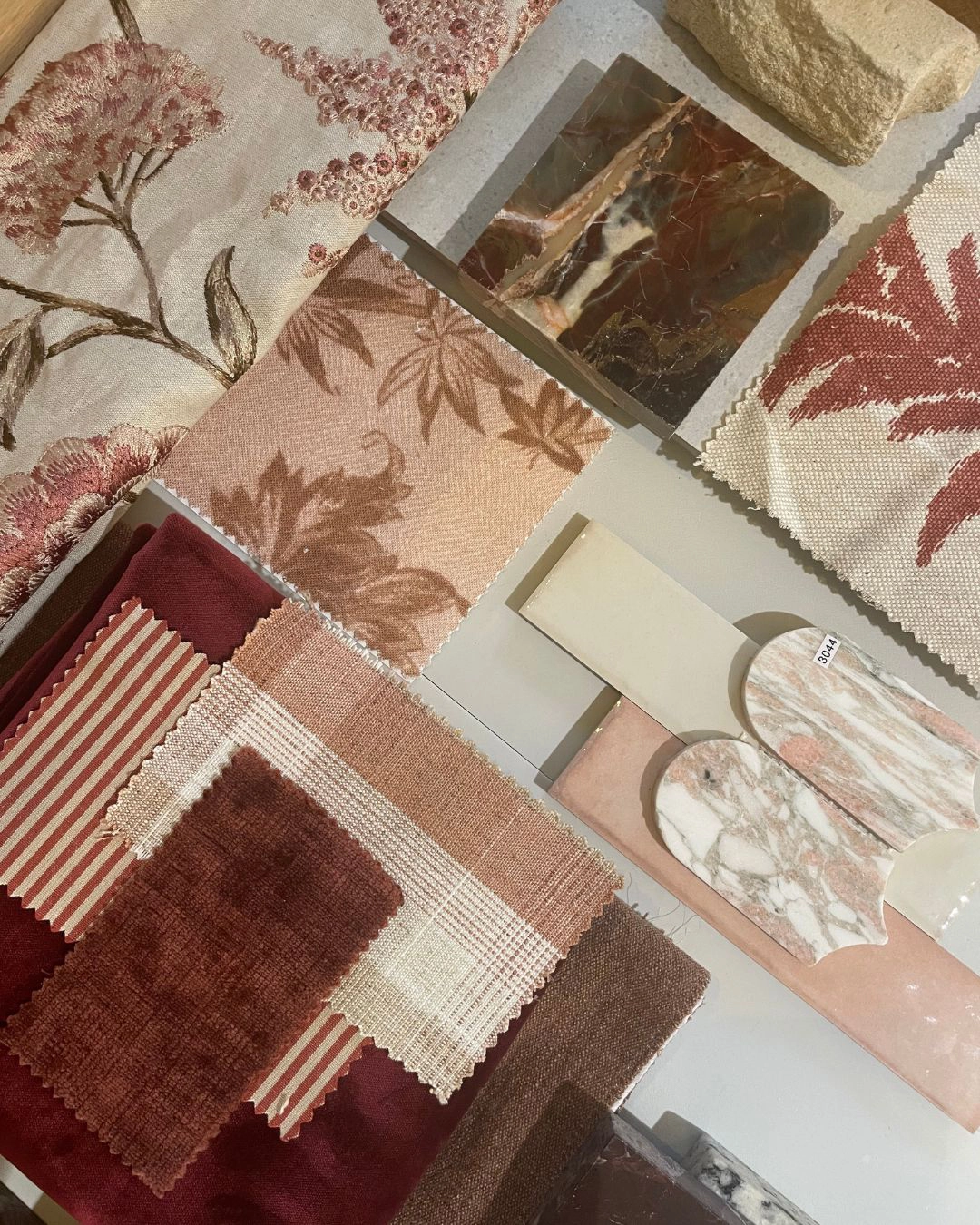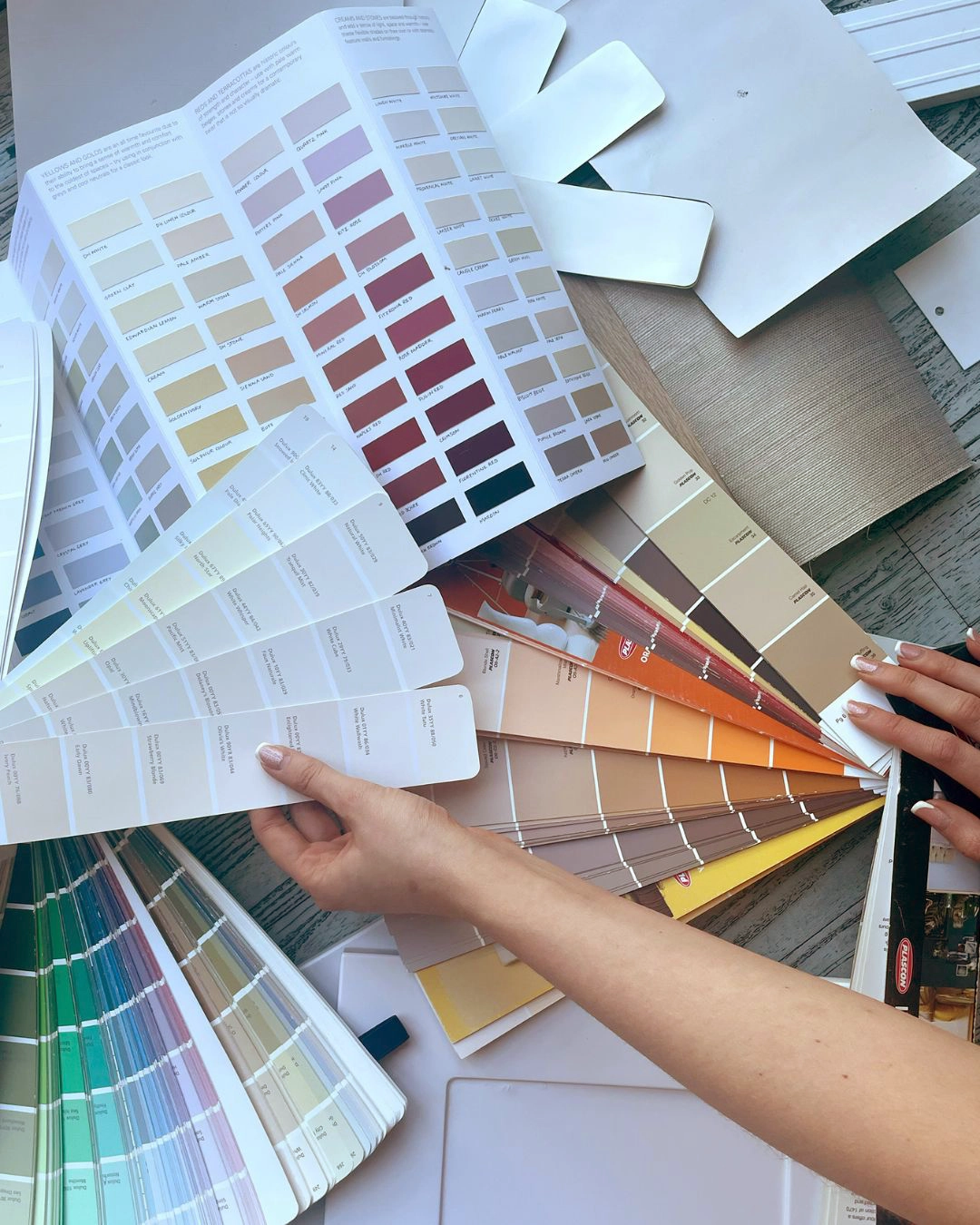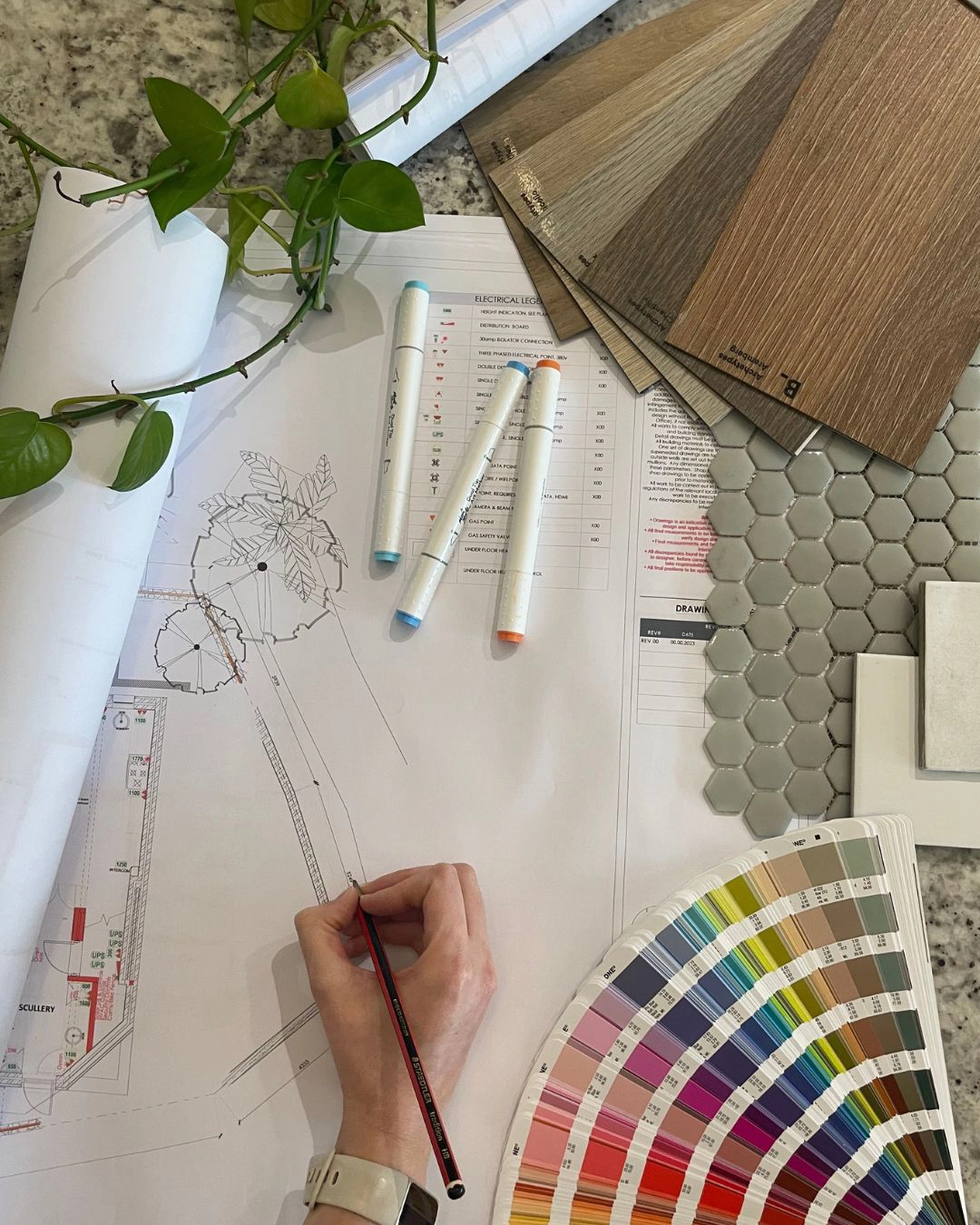Behind every KT Interior project is a fabulous team of creatives dedicated to bringing ideas to life! In this month’s blog post, we interviewed one of our designers, Eden Assad, who helps shape our beautiful spaces.
Outlining personal inspirations, favourite design elements, what sparks her creativity, and what it really means to be part of the KT Interior family. Take a look below to see what she had to say.
When did you first discover your passion for interior design?
I discovered my passion for interior design from a very young age. I was always fascinated by how spaces made people feel, how shifting a layout, adding texture, or changing the light could transform an entire atmosphere. Over time, I realised this wasn’t just an interest, but something I truly loved and wanted to dedicate myself to.
What inspired you to pursue a career in design?
I’ve always believed that the spaces we inhabit directly influence our mood, creativity, and well-being. The idea that design can elevate everyday living and bring people joy inspired me to pursue this career. For me, it’s about more than just aesthetics; it’s about creating environments that people connect with on a deeper level.
How did your journey at KT Interior begin?
My journey at KT Interior began with a strong desire to grow as a designer in an environment that values creativity, collaboration, and craftsmanship. KT offered the perfect platform for me to expand my skills, work on diverse projects, and be part of a team that constantly pushes boundaries in design.
How would you describe your personal design style?
I would describe my style as timeless with a contemporary edge. I love layering textures, working with natural materials, and balancing clean lines with warmth and character. My goal is always to create spaces that feel both refined and inviting.

Do you prefer working with residential or commercial projects, and why?
Both excite me for different reasons. Residential projects allow me to create deeply personal spaces that reflect someone’s lifestyle and personality. Commercial projects, on the other hand, challenge me to think about functionality, branding, and flow on a larger scale. If I had to choose, I’d lean slightly towards residential because of the intimate connection you build with clients.
What are three design elements you always find yourself gravitating towards?
Texture, natural light, and statement pieces. Texture adds depth and interest, natural light brings life to a space, and a statement piece, whether art, furniture, or lighting, gives a room its soul.
How do you balance creativity with functionality in your projects?
For me, creativity and functionality go hand in hand. A beautiful design that doesn’t serve its purpose will never truly succeed. I start with the practical needs of the client and the space, then build creative solutions that elevate those needs into something inspiring.
Where do you usually draw inspiration from for new projects?
I draw inspiration from everyday life, travel, art, architecture, and nature. Sometimes it’s as simple as the colours of a sunset or the texture of a stone wall that sparks an idea. I also find inspiration in listening to clients and understanding their vision.
Do you have a favourite designer or architect whose work you admire?
Yes, I admire Kelly Wearstler for her boldness and ability to push boundaries with materials and form. I also look up to architects like Tadao Ando, who masterfully balance simplicity, light, and space in their work.

How do you stay up to date with current trends while keeping your designs timeless?
I keep an eye on trends through design publications, social media, and trade shows, but I never let them dictate my work. I focus on creating spaces with strong foundations, natural materials, good proportions, and thoughtful layouts and then incorporate subtle, trend-forward touches that can evolve over time.
What role do travel, culture, or nature play in your creative process?
A huge role. Travel exposes me to new perspectives, colours, and textures. Culture influences how I think about storytelling in design, and nature grounds me with palettes, forms, and organic patterns. Together, they remind me that design is about connection.
What types of projects have you been most involved in at KT Interior?
I’ve been fortunate to work on a mix of residential and hospitality projects. Each has its unique challenges and rewards, but I especially enjoy projects that require blending functionality with a strong emotional impact, like boutique restaurants or lodges.
Is there a project you’re especially proud of, and why?
Yes, Chongwe House in Zambia. This was a lodge project where we had to transform a challenging space into something warm, inviting, and create a feeling of luxury. Seeing the final result not only came together beautifully but also became a place that people genuinely love spending time in was incredibly rewarding.

Do you enjoy working on large-scale projects or smaller, more intimate spaces?
I enjoy both for different reasons. Large-scale projects allow for bold concepts and bigger transformations, while smaller spaces demand attention to detail and intimacy. Smaller projects often push my creativity further because every inch has to count.
What does a typical day as an interior designer look like for you?
No two days are the same! Some days I’m sourcing materials and meeting with clients, others I’m on-site coordinating with contractors. There’s also a lot of behind-the-scenes work like developing concepts, drawing up plans, and troubleshooting. That variety keeps me excited and inspired.
Which part of the design process excites you the most—concept development, sourcing, or the final reveal?
The final reveal without question. Seeing a vision come to life and watching a client’s reaction is the most fulfilling part of the process. But I also love concept development, because that’s when creativity flows freely and ideas take shape.
What’s one thing about being an interior designer that most people don’t realise?
That it’s not just about making things “look pretty.” It’s a very technical, detail-oriented career that requires problem-solving, project management, and constant communication. Behind every beautiful space is a lot of planning and coordination.

If you could design any dream project, without limitations, what would it be?
My dream project would be designing a boutique hotel in a breathtaking natural setting, somewhere that combines luxury with sustainability and allows guests to truly connect with their surroundings. A place where every detail tells a story and leaves a lasting impression.